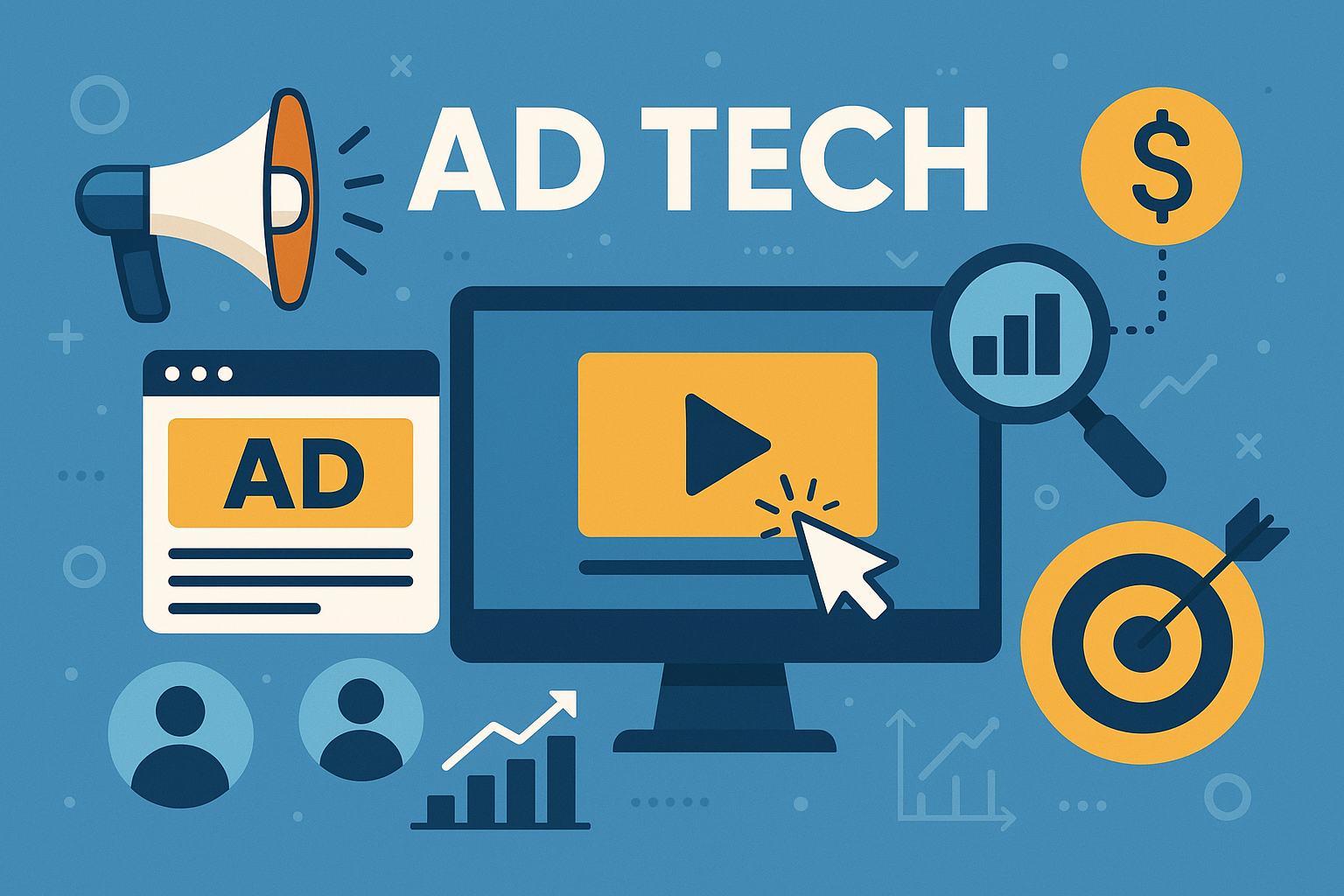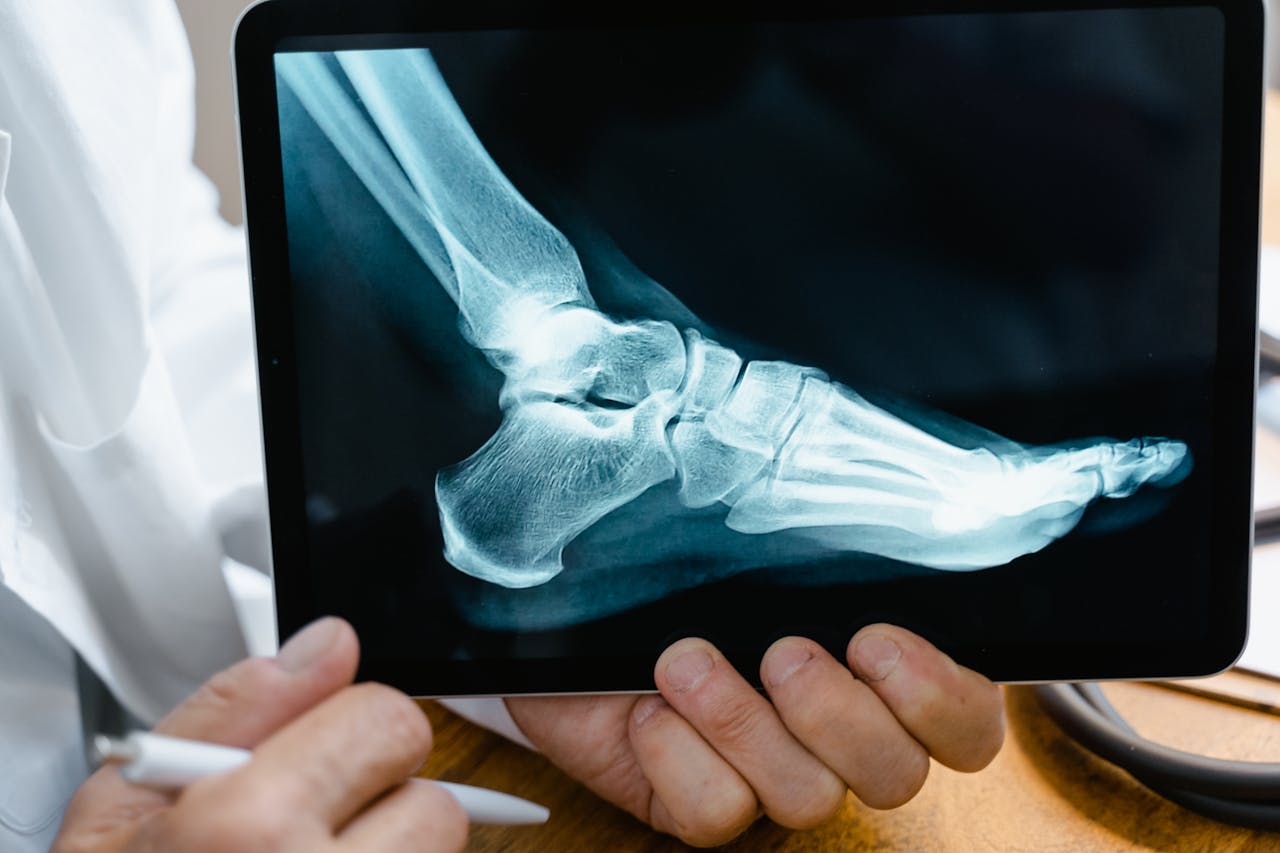Cybersecurity in AdTech PR: Building Trust and Transparency
Privacy concerns dominate today’s digital advertising landscape, with 86% of consumers expressing worries about data protection in AdTech systems. The intersection of cybersecurity and advertising technology presents unique challenges for PR professionals tasked with building and maintaining public trust. As regulations like GDPR and CCPA reshape data practices, AdTech companies must demonstrate their commitment to security through clear, strategic communication. This article examines proven approaches to position AdTech brands as security-conscious leaders while maintaining transparency with stakeholders.
PR professionals in AdTech face the challenge of converting complex security measures into clear, relatable benefits for consumers and clients. Instead of focusing on technical specifications, successful messaging frameworks highlight tangible outcomes. For example, when discussing fraud prevention systems, emphasize the protection of consumer data and ad spend rather than the underlying technology.
Privacy concerns dominate today's digital advertising landscape, with 86% of...
The Future of Supplement PR: Personalization, Sustainability, and Interactive Technology
The supplement industry stands at a turning point as consumers demand more personalized products, sustainable practices, and engaging brand experiences. Recent market research shows that 70% of consumers now express interest in genetic-based nutrition testing, marking a significant shift toward individualized supplement solutions. This evolution coincides with growing environmental awareness, as supplement brands adapt their manufacturing processes and marketing strategies to meet heightened expectations for corporate responsibility. Adding another layer of complexity, technological advancements like augmented reality (AR) now offer unprecedented opportunities to connect with health-conscious consumers through interactive experiences.
Personalized nutrition represents a fundamental shift in how supplement brands communicate with their audiences. According to recent industry data, consumers increasingly seek products tailored to their unique health profiles, driving demand for customized supplement solutions. This trend stems from advancements in DNA testing, AI-powered health assessments, and growing consumer awareness about individual nutritional needs.
The supplement industry stands at a turning point as consumers demand more...
Navigating the Shift to Health-Centric Food Branding In PR Strategies
Creating PR campaigns for functional nutrition products requires a strategic blend of scientific credibility and consumer-focused messaging. Public relations professionals face unique challenges when promoting supplements targeting specific health outcomes like immunity, mental clarity, and athletic performance. According to a 2023 Nutrition Business Journal report, the functional nutrition market reached $68 billion in sales, with consumers increasingly seeking targeted solutions for their health goals. This growing demand presents significant opportunities for brands that can effectively communicate their products’ benefits while maintaining transparency and trust. The following guide provides actionable strategies for developing PR campaigns that resonate with health-conscious consumers while adhering to regulatory requirements and industry best practices.
Scientific validation forms the foundation of successful PR campaigns for functional nutrition products. Research shows that 73% of supplement consumers prioritize products backed by clinical studies. PR teams must work closely with research and development departments to identify and communicate key scientific findings that support product claims.
Creating PR campaigns for functional nutrition products requires a strategic...
How Can I Promote Membership Programs To Increase Repeat Visits?
Building lasting connections with water park visitors requires strategic public relations efforts that go beyond basic marketing. Water parks face unique challenges in maintaining guest loyalty, from seasonal fluctuations to weather dependencies. PR strategies focused on membership programs, authentic testimonials, and emotional storytelling help create meaningful relationships with guests that extend far beyond a single visit. Through targeted communications and community engagement, water parks can transform casual visitors into passionate brand advocates who return regularly and recommend the experience to others.
Membership and season pass programs serve as cornerstones for building water park loyalty. According to industry data from ROLLER Software, parks with well-structured membership offerings see up to 40% higher repeat visit rates compared to those without such programs.
Building lasting connections with water park visitors requires strategic...
How Security And Trust Strategies Enhance Online Gaming Platforms
Building trust in online gambling platforms requires a strategic combination of security measures, transparent operations, and consistent communication with players. Online gambling has grown into a multi-billion dollar industry, with the global market reaching $63.53 billion in 2022. With this rapid growth comes increased scrutiny from players and regulators alike, making trust-building a priority for platform operators. A recent survey by the UK Gambling Commission found that 29% of players cited trust and security as their primary concern when choosing an online gambling platform, highlighting the critical need for operators to implement robust trust-building measures.
Obtaining licenses from recognized gambling authorities forms the foundation of a trustworthy online gambling platform. The UK Gambling Commission and Malta Gaming Authority stand as two of the most respected licensing bodies in the industry. These authorities require platforms to meet strict standards for player protection, fair gaming practices, and financial security.
Building trust in online gambling platforms requires a strategic combination...
Emerging Trends in Defense Tech PR: How AR/VR and AI Are Transforming Strategic Communications in 2025
The defense technology sector faces an unprecedented communications challenge as public scrutiny intensifies, government oversight expands, and technological complexity reaches new heights. Modern defense PR professionals must navigate a rapidly shifting terrain where traditional top-down messaging approaches no longer resonate with increasingly tech-savvy audiences who demand transparency, interactivity, and authentic engagement. Defense tech companies are expected to increasingly use augmented reality (AR) and virtual reality (VR) platforms by 2050 to provide audiences with first-hand interactive experiences of new technologies, marking a fundamental shift toward participatory communication strategies. The integration of artificial intelligence into crisis communication workflows, coupled with immersive technologies for educational campaigns, represents a paradigm transformation that requires PR teams to master new tools while maintaining security protocols and ethical standards. This evolution reflects broader changes in how defense organizations must balance operational secrecy with public accountability, technical sophistication with accessible messaging, and national security priorities with stakeholder transparency.
The adoption of augmented reality and virtual reality technologies in defense PR campaigns represents a significant departure from traditional communication methods, offering unprecedented opportunities to bridge the gap between complex technical concepts and public understanding. These immersive tools serve as powerful educational means that foster understanding and build trust with tech-savvy audiences by simplifying complex defense concepts while maintaining security. The strategic value of AR and VR extends beyond mere novelty, providing defense organizations with tools to demonstrate capabilities, explain operational benefits, and address public concerns in ways that static presentations or written materials cannot achieve.
The defense technology sector faces an unprecedented communications challenge...
Adapting Pr Campaigns For Different International Markets
Public relations shapes how toy brands connect with children and parents across international markets, making it a cornerstone of successful global toy marketing campaigns. Major companies like LEGO and Mattel demonstrate the power of strategic PR in building emotional connections while maintaining safety standards and cultural relevance. As the toy industry continues expanding globally, PR professionals must balance consistent brand messaging with local market adaptations, all while navigating complex regulatory requirements and evolving digital landscapes. This comprehensive guide examines the essential elements of effective global toy marketing PR, from cultural considerations to measurement strategies.
Successful international toy marketing requires deep understanding of local cultures, values, and preferences. LEGO’s approach illustrates this perfectly – while maintaining its core message of creativity and imagination, the company adapts campaigns for different regions. In Asian markets, for example, LEGO emphasizes educational benefits and cognitive development, aligning with cultural priorities around academic achievement.
Public relations shapes how toy brands connect with children and parents...
Emerging Trends In Health Tech Pr: A Guide For 2025
Building a strong health tech brand requires strategic public relations that connects with healthcare providers, patients, and stakeholders. PR efforts must balance technical innovation with human-centered messaging while adhering to strict regulatory requirements. The rise of digital health solutions and telehealth has created new opportunities for health tech companies to demonstrate their value through targeted communications and thoughtful brand positioning. This article provides a detailed roadmap for developing and executing PR strategies that establish credibility, increase visibility, and drive adoption in the competitive health technology sector.
The foundation of any successful health tech brand starts with a clear and compelling value proposition. According to research by Rock Health, 75% of digital health companies that secured Series A funding in 2023 had value propositions focused on specific patient outcomes rather than general technological capabilities.
Building a strong health tech brand requires strategic public relations that...









